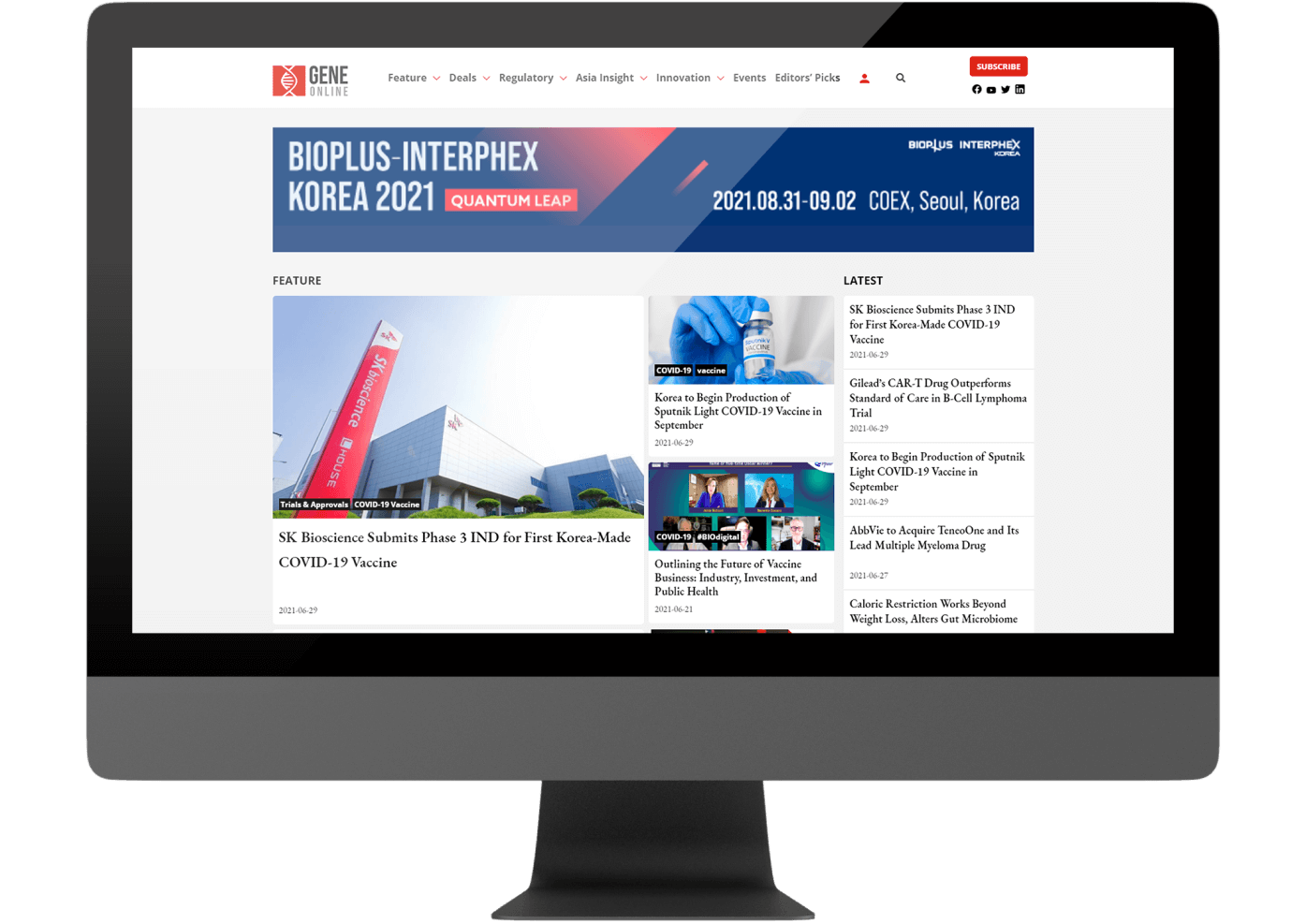FDA Approves Alnylam’s Rare Disease RNAi Therapeutic
Massachusetts, US-based Alnylam Pharmaceuticals announced that the U.S. Food and Drug Administration (FDA) approved its Amvuttra (vutrisiran), an RNAi therapeutic for the treatment of the polyneuropathy of hereditary transthyretin-mediated (hATTR) amyloidosis in adults. The RNAi drugs powerhouse secured its fifth drug approval thanks to this FDA decision.
The FDA approval is based on the HELIOS-A Phase 3 study’s positive 9-month results, where Amvuttra significantly improved the symptoms of polyneuropathy, with more than 50 percent of patients experiencing stopping or reversal of their disease.
“Amvuttra is a new therapeutic option that has demonstrated the potential to halt or reverse polyneuropathy progression in patients with an acceptable safety profile, along with an infrequent, subcutaneous dosing regimen that may also help to improve the disease management experience for patients,” said Michael Polydefkis, M.D., MHS, Professor, Johns Hopkins Neurology and HELIOS-A Study Investigator.
Related article: Novartis Teams Up with Alnylam to Explore Targeted Liver Therapies
Big Expectations on RNAi Medicine
Amvuttra’s convenient administration by subcutaneous injection once every three months might help Alnylam to stay ahead of rivals like Intellia Therapeutics and AstraZeneca, who are also working on gene therapies for amyloidosis and other rare diseases.
ATTR amyloidosis is a progressive disease caused by the build-up of amyloid deposits in organs and tissues due to mutations on the TTR gene. The most common areas are around the peripheral nerves and heart, so the disorder is classified into polyneuropathy and cardiomyopathy subtypes. Although there can be overlap between these subtypes, cardiomyopathy is thought to affect more than 300,000 patients worldwide, while 50,000 for polyneuropathy with significant mortality rates (3-5 years). Alnylam’s Phase 3 HELIOS-B trial for ATTR cardiomyopathy is expected to produce findings in 2024. If the cardiomyopathy trial succeeds, analysts project possible revenue between $3 billion to $5 billion.
The therapeutic is currently under review by the European Medicines Agency (EMA), the Brazilian Health Regulatory Agency (ANVISA), and the Japanese Pharmaceuticals and Medical Devices Agency (PMDA).
©www.geneonline.com All rights reserved. Collaborate with us: service@geneonlineasia.com








